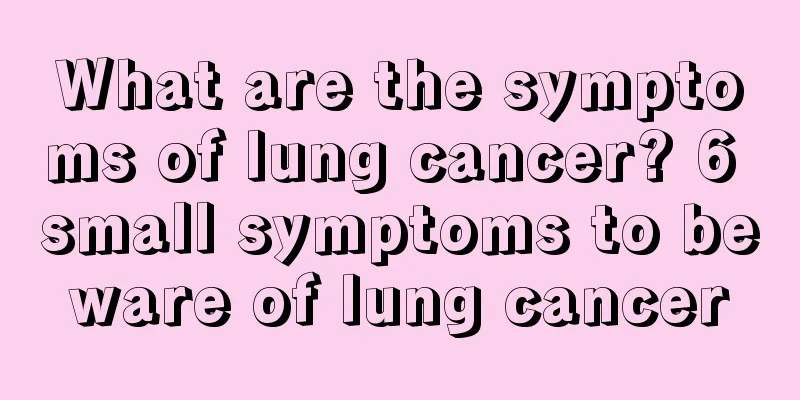How to check androgen

|
Androgen exists in both men and women, but the ratio of androgen in men and women is different. Men will show secondary masculine characteristics, such as beard and Adam's apple, mainly because they secrete more androgen. Androgen is checked by checking the secretion of its secretion site. For men, it is the testicles that are checked, while for women, it is the ovaries. The method of examination is the concentration of androgen in the blood, and you need to go to the hospital for examination. Go to the endocrinology department and take 6 blood tests. If you want to check whether the male hormone secretion is normal, you can do a blood test for testosterone. Sex hormone test contents 1. Testosterone (T): 50% of testosterone in women is converted from peripheral androstenedione, about 25% is secreted by the adrenal cortex, and only 25% comes from the ovaries. The main function is to promote the development of the clitoris, labia and mons pubis. It has an antagonistic effect on estrogen and has a certain impact on systemic metabolism. The normal concentration of T in female blood is 0.7~3.1nmol/L. High blood T levels are called hypertestosteronism, which can cause infertility. When suffering from polycystic ovary syndrome, the blood T value also increases. Based on clinical manifestations, other hormones can be measured if necessary. 2. Estradiol (E2): Secreted by the ovarian follicles, its main function is to promote the transition of the endometrium into the proliferative phase and promote the development of female secondary sexual characteristics. The concentration of blood E2 is 48-521 pmol/L in the preovulatory period, 70-1835 pmol/L in the ovulatory period, and 272-793 pmol/L in the postovulatory period. Low values are seen in ovarian dysfunction, premature ovarian failure, and Sheehan's syndrome. 3. Progesterone (P): Secreted by the corpus luteum of the ovary, its main function is to promote the transition of the endometrium from the proliferative phase to the secretory phase. The blood P concentration is 0-4.8 nmol/L before ovulation and 7.6-97.6 nmol/L in the late ovulation period. Low blood P values in the late ovulation period are seen in luteal insufficiency, ovulatory dysfunctional uterine bleeding, etc. 4. Luteinizing hormone (LH): A glycoprotein hormone secreted by the alkaliphilic cells of the anterior pituitary gland. It mainly promotes ovulation. Under the synergistic effect of FSH, it forms a corpus luteum and secretes progesterone. The concentration of blood LH is 2-15mIU/ml in the preovulatory period, 30-100mIU/ml in the ovulatory period, and 4-10mIU/ml in the postovulatory period. The normal value during the non-ovulation period is generally 5 to 25 mIU/ml. A level lower than 5mIU/ml indicates gonadotropin insufficiency, which is seen in Sheehan's syndrome. If high FSH is accompanied by high LH, ovarian failure is very certain and no other tests are necessary. LH/FSH≥3 is one of the bases for diagnosing polycystic ovary syndrome. 5. Prolactin (PRL): It is secreted by the lactating trophoblast, one of the eosinophilic cells in the anterior pituitary gland. It is a simple protein hormone whose main function is to promote breast hyperplasia, milk production and milk discharge. During the non-lactation period, the normal value of blood PRL is 0.08-0.92nmol/L. A level higher than 1.0nmol/L is called hyperprolactinemia. Excessive prolactin can inhibit the secretion of FSH and LH, inhibit ovarian function, and inhibit ovulation. 6. Follicle-stimulating hormone (FSH): A glycoprotein hormone secreted by the alkaliphilic cells of the anterior pituitary gland. Its main function is to promote the development and maturation of ovarian follicles. The concentration of blood FSH is 1.5-10mIU/ml in the pre-ovulation period, 8-20mIU/ml in the ovulation period, and 2-10mIU/ml in the post-ovulation period. Generally, 5 to 40 mIU/ml is considered normal. Low FSH values are seen during estrogen-progestin therapy, Sheehan's syndrome, etc. High FSH levels are seen in premature ovarian failure, ovarian insensitivity syndrome, primary amenorrhea, etc. |
<<: Can I use a hot towel to apply heat to stop breastfeeding?
Recommend
80% of lung nodules are lung cancer
Hearing the term "pulmonary nodules" ma...
Vagina itches after sex
Sexual life can be said to be indispensable to th...
How to relieve fatigue when tired
If your body becomes fatigued, you must make time...
People must take good care of bladder cancer in their lives
Bladder cancer is a common disease. Once it occur...
Disadvantages of getting a dental crown
Teeth are very important to people, because witho...
Can I fish for snakehead fish at night?
Fish is a very popular food among people. People ...
Atherosclerotic plaque, how much do you know about it?
There are many obvious symptoms of atheroscleroti...
At what age can a baby eat bird's nest
For infants and young children, eating some bird&...
What to do about fundus pigmentation and how to treat it
Eyes are unique and vital to each person, and eye...
Nursing of acute myocardial infarction
Acute myocardial infarction is a common heart dis...
Does it hurt to do a colonoscopy? Does a digital rectal examination hurt?
Colonoscopy is a routine examination method, but ...
What to do if liver hardness value is high
The liver is actually a detoxification organ in o...
How much water to drink every day
Drinking water can maintain the body's dynami...
What is physical therapy
I believe everyone knows that a disease can be cu...
How much does glioma cost
Glioma does not appear often in our lives, but th...









